Still zero grazing after 17 years
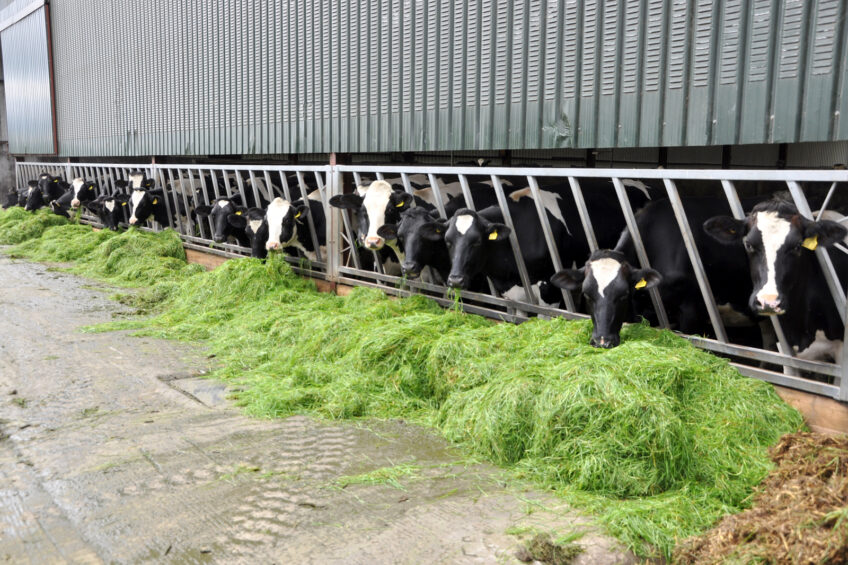
One of the first farmers in Northern Ireland to embark on the zero grazing system for dairy cows is still cutting fresh grass to feed his housed herd almost 17 years later.
Roy Harpur, 80, and his sons David and Robert, currently milk 460 cows on their farm near Bessbrook in County Armagh, but each day they cut enough fresh grass to feed almost double that number. The machinery they use dates back to the early days of the original zero grazing system which was the brainchild of Ed Walley from Cheshire. It took Roy a couple of months to convince himself back in 1999 that keeping his cows indoors all year round and going out to the fields to harvest fresh grass for them was the way forward for his herd.
But ever since that momentous decision he has never looked back and the cows are performing very well on the system. Harpur: “Back in 1999 I went on a trip with a group of farmers over to Cheshire to see for ourselves the zero grazing system. I had already made my mind up even before I saw the machines in action that this system was not for me but I wanted to see it anyway. While in Cheshire the group met up with Ed Walley who designed the original Zero Grazer and manufactured the hay rack type trailers that were filled with grass and set out for the cows to feed from.” Those trailers were 25ft long and were made in the style of mobile hay racks. The grass was mowed and filled into them in the fields with the old 7ft 6 PZ mowers which were attached onto the trailers. “Using that system meant the trailers were then placed in a yard and the cows fed themselves from it,” said Harpur.
Bold step
The group of farmers all came away from the trip with differing opinions as to whether it would work in Northern Ireland or not. Back in the late 90s Harpur was milking 200 cows and realising just how difficult and time consuming it was to walk a large number of cows from the farmyard to the grazing areas. It was also becoming apparent the volume of grass being lost with such a large number of cows walking over it in the fields. He thought long and hard about the system and finally made the bold step of taking on zero grazing. “I phoned Ed and told him I was interested. But I knew it would cost a lot of money for the machinery. In fact, the mower cost £11,000 (€12,590) new and the hay rack trailer was £6,000 (€6,866) new. He told me to try the system for a month and if I liked it then pay. The trial month was particularly dry so I couldn’t really test the system in typical Northern Ireland conditions. Ed told me to keep it for another month which was wet and it was them I took the decision to keep the machines.” Today, Harpur cuts enough grass for around 830 animals which includes the milking herd and followers. The only animals that graze outdoors are small batches of dry cows that are put out to a small paddock that is unsuitable for cutting.
Revamped cow accommodation
Although the Harpurs are still using the very mower they bought 17 years ago the trailer they used nowadays is a bit different to the original hay rack style machine. The farmer operated two of the older style trailers but was looking for something a little bit bigger and one that would dispense the grass out onto a feeding passage. With the herd rapidly expanding to 460 cows a new parlour was installed nine years ago and the cow accommodation was also revamped. As part of that change, the cows then fed from a silage passage hence the requirement for a trailer to dispense the grass. It just so happened quite by coincidence that Roy was over in Cheshire visiting Ed Walley again and learned about a larger trailer that was for sale at a nearby auction. The trailer had been designed by Ed Walley and built by an outside engineering company. It was 25-foot-long and was already a number of years old.
Harpur knew a new trailer of this type would set him back £20,000 (€22,888) but was relieved to pay just over half that for the trailer at the auction. “We were lucky to get the trailer for that price,” the farmer said. It is around 15 feet long and holds about seven tonnes of fresh grass. “To feed over 800 head of cattle we harvest four loads of fresh grass per day and dispense the grass in the passages for the cattle. The cows are averaging 9,500 litres of milk per year with 2,800 of those litres coming from forage. When we bought that trailer is was only on a single axle. In order to make it more stable we added a second axle from an old slurry tanker we had in the yard. It has performed well all these years and the only mechanical work we have to do on it is add new bearings to the beaters,” Harpur explained.
Never looked back
The floor on the trailer is hinged and the beaters simply push the grass out. It’s a straightforward machine and has served Harpur’s farm well all these years. “The system works well for us as we have 135 acres to cut around the farm. We also grow 85 acres of wheat to use in the diet feeder for the animals and cut 300 acres of grass for silage, three times per year. Back in 1999 people thought we were daft keeping the cows in and harvesting the grass for them to eat. However, here we are 17 years on and have never looked back. It is encouraging to see a number of other farmers using the same system and also the number of machinery manufacturers that offer a zero grazing type of machine, albeit built on forage wagons rather than the offset mower style,” Harpur concluded. As both the mower and the trailer are advancing in years, the farmer does have a second PZ mower to hand should the other one break down.
Join 13,000+ subscribers
Subscribe to our newsletter to stay updated about all the need-to-know content in the dairy sector, two times a week.
 Beheer
Beheer



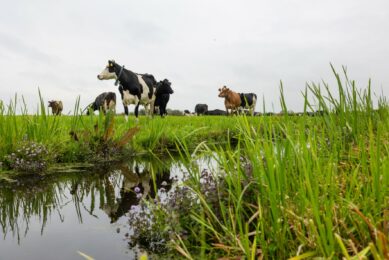
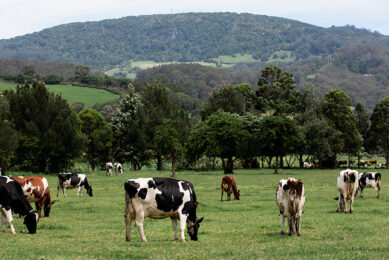
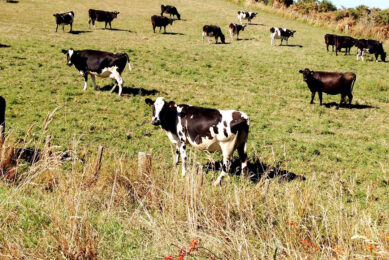
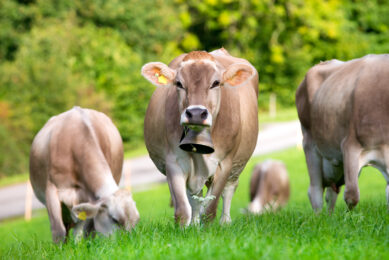
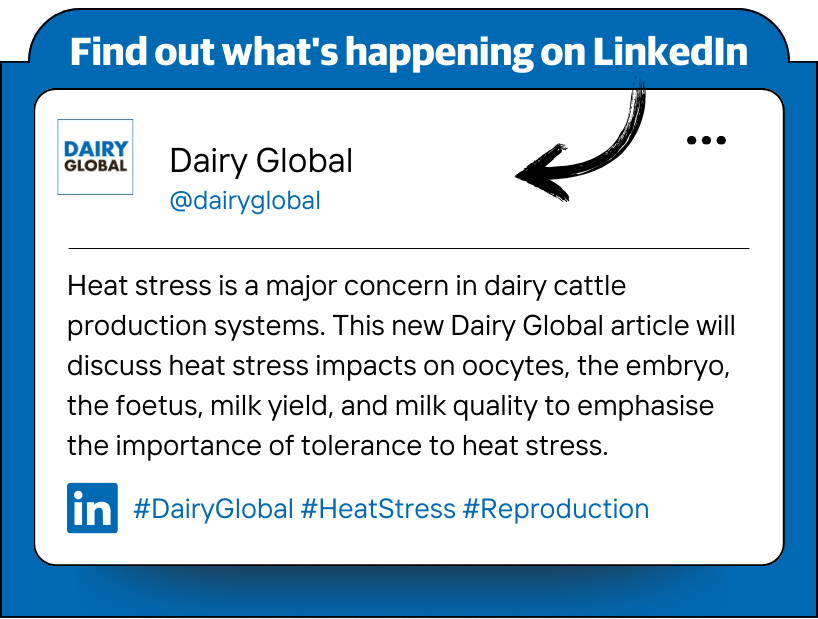



 WP Admin
WP Admin  Bewerk bericht
Bewerk bericht